Beginners Guide to Model Building
Date Posted:24 June 2021
Description
Everything you need to know before jumping into your first model kit build!
Requirements
- Plastic Model Kit Glue
- Sprue Cutter
- A hobby knife
- Paint
- Paint Brushes
So, you are wanting to build you first model kit?
Here is everything you need to know to get started!
To build your first model kit what you'll need is
- Plastic Model Kit Glue
- Sprue Cutter (Can get by with just a hobby knife, however this makes it easier in most cases)
- A hobby knife
- Paint
- Paint Brushes
Plastic Model Kit Glue
Model kit glues are generally an area in which people have strong opinions and preferences of which glue they like to use, as this is the thing that you use most throughout your model build. For plastic model kits, it is best to use a plastic cement. The plastic cement works by dissolving the surface of plastic it is applied to, which then solidifies and becomes hard once again. Putting this cement between two pieces plastic causes both faces of the plastic dissolve and meld together, once the plastic solidifies again you are left with a very strong bond between the two pieces.
The preferred glues from our more experienced modellers are the glues from Deluxe Materials.
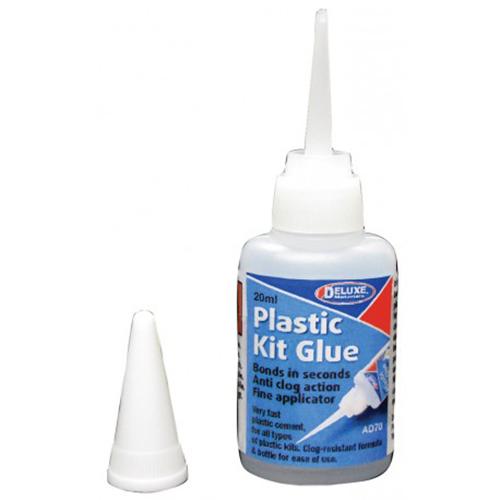 Deluxe Materials Plastic Kit Glue
Deluxe Materials Plastic Kit Glue
This is a 20mL very fast plastic cement for all types of plastic kits that bond in seconds. The combination of the clog-resistant formula and fine tip bottle give you a lot of control and is very easy to use.
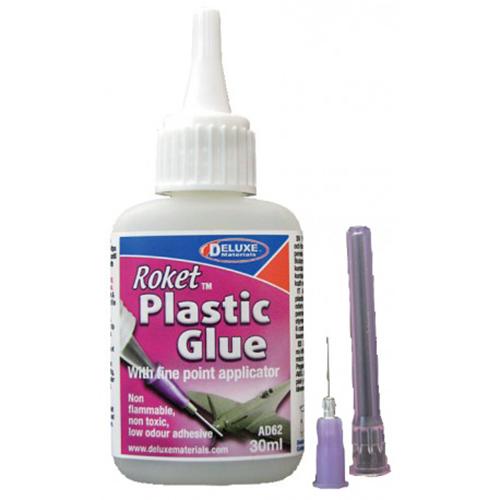 Deluxe Materials Roket Plastic Glue
Deluxe Materials Roket Plastic Glue
The Roket Plastic Glue comes in a 30mL bottle. It is a non-toxic, non flammable, low odour liquid plastic cement. It comes with a very fine point applicator giving you the precision that you need for gluing small and large pieces. It bonds in 8 - 10 seconds and builds strength in your model, and leaves invisible glue lines.
Other glue options such as Humbrol or Revell featured in the video are also very good options and have their own advantages and disadvantages.
How to Unclog Plastic Model Glue
The safest way to unclog your plastic kit glue is to push a small pin down the shaft of the applicator unclogging it.
Alternatively, if you cannot use a pin, you can run a flame over the metal needle applicator, which will melt the glue and unclog the needle.
(PLEASE NOTE: THIS METHOD IS POTENTIALLY DANGEROUS. HOT GLUE MAY SPIT OUT OF THE NEEDLE CAUSING DAMAGE TO THE SKIN OR EYES. EYE PROTECTION IS RECCOMENDED WHILE USING THIS METHOD)
What Paint Brushes Do I Need?
The paint brushes you need are going to depend on the model that you are working on. The general idea is to get some larger brushes for quickly applying paint to large areas for base coats, while having a range of smaller brushes for adding detail to your model.
There are many great brands for paint brushes, however the brand that offers the most variation and range is Vallejo.
What model kit should I build for my first time?
When getting ready to jump into your first model kit build, there is no right or wrong answer, at the end of the day you should build the kit that is going to make you excited to see the final result. However it is very easy to become overwhelmed with the amount of tools, paints and accessory options available to you. Luckily, when buying your first kit, you have 2 options, you can buy a regular model kit, which only comes with the plastic sprues, manual, and sometimes decals, or you can jump straight in with a starter model kit.
What are starter model kits?
There are a large range of starter model kits available to you. These kits are made with the beginner modeller in mind, they all come with everything you need in box to complete the model, glues, brushes and paints.
What Scale Model Kit Should I start with?
The scale number of the kit refers to the size of the completed model in comparison to the real life object.
e.g. A real car with length of 400cm in 1/24 scale will be: 400cm ÷ 24 = 16.67cm
Again, there is no right or wrong answer when it comes the scale of the model you want to build.
However a general rule of thumb, the most popular scales by category are:
- Military Land Kits - 1/35 Scale
- Aircraft Models - 1/72 Scale
- Ship Models - 1/350 or 1/700 Scale
- Car Models - 1/24 Scale
- Gundam Models - 1/144 Scale
A side note when it comes to ship models, the width of the box generally dictates the length of the completed model.
What Paint Do I Need For My Kit?
When selecting paints for your kit, you should refer to the kits manual. This will tell you all the paints that you'll need it will also tell you anything else that you will need to know such as decal positioning. The manual contains paint charts that will correspond to paints that you can purchase in-store. If you are struggling to figure out what paints you need, you can always bring in your manual and we can help you find the correct paint for your kit.
If you just want to wing it and go with a different paint scheme than the box set, for example, if you wanted to do a desert camo instead of a forest woodland camo what you could do is go online and find some alternative desert patterns. It is completely up to you and the desired look you wish to have for your model.
Should I Use an Airbrush or Aerosol Paints?
Some of you may be interested in airbrushing right away but this isn't really recommended for beginners because it's very complex, if you're not prepared it can get messy and it's not at all friendly for beginners. Alternatively you can use aerosol paints to paint your models, they are really great for covering large areas very quickly. They also act as a primer meaning they'll make acrylic paints stick onto them a lot easier. So with priming your model what you want to use is a white, gray, or black, just a neutral color they apply really quickly. the aerosol paints don't leave any brush marks so that is one extra thing you will not need to worry about.
If you have any further questions please leave us a comment and we will try to help you out best we can!
Or give us a call on 02 4929 1140






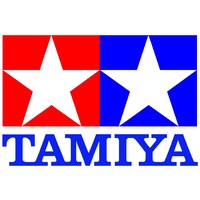



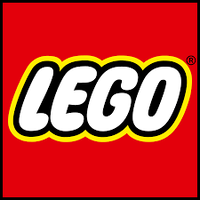
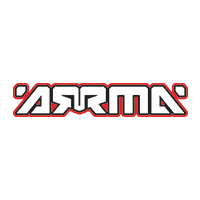
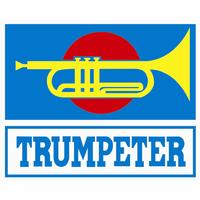

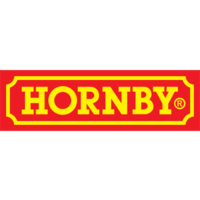
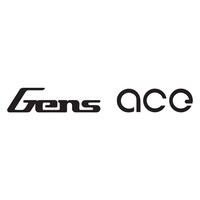
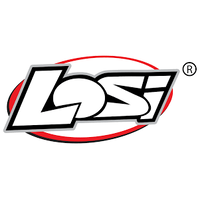
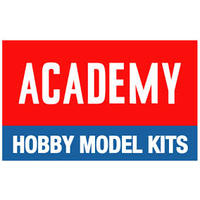
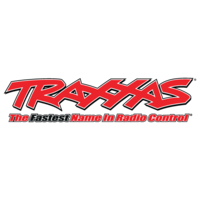

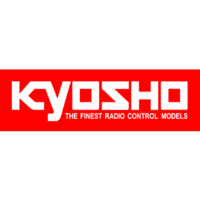


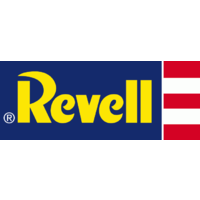
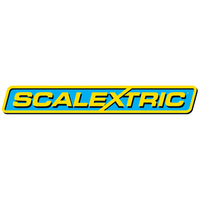
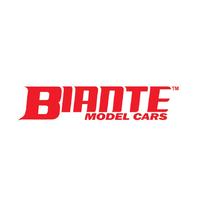
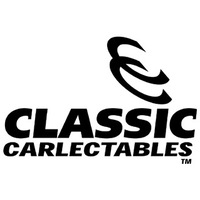

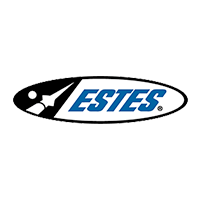
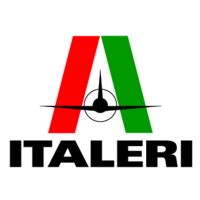

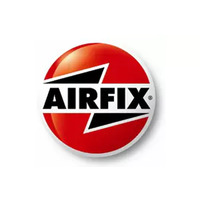
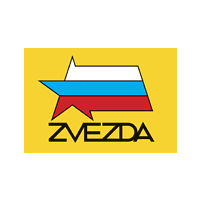
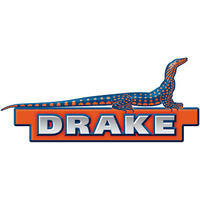
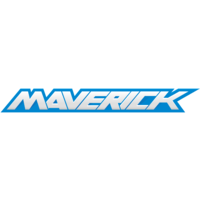
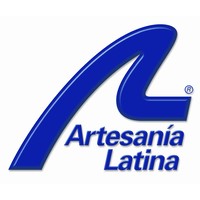








![Deluxe Materials Plastic Kit Glue 20mL [AD70]](/assets/thumb/DM-AD70.jpg?20230421114526)















